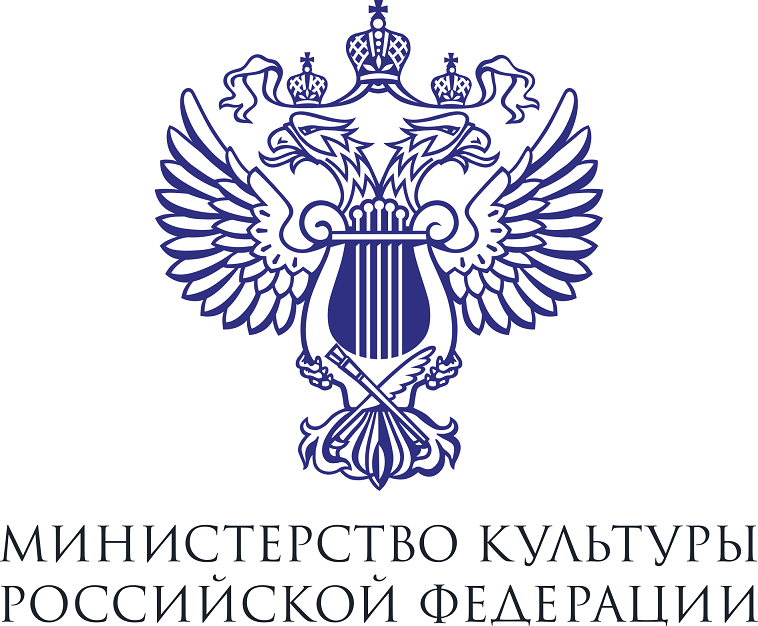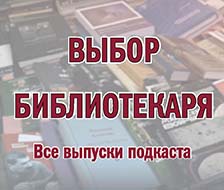A lecture was given within the framework of the exhibition ‘Nadezhda Lamanova: “Making Clothes Convenient and Beautiful”’ by Alla Solovskaya, coordinator of the initiative group of the Nadezhda Petrovna Lamanova Virtual Museum (lamanova.com) and member of the Russian Union of Art Photographers. For many years she has been studying and popularising Lamanova’s work.
Nadezhda Lamanova was an outstanding fashion designer, theatrical costume designer, and innovator who developed unique methods of creating clothing.
Before the revolution, the most famous beauties, representatives of the aristocracy, and the richest merchant families dreamt of being dressed by her. In 1898, she became a supplier to the Imperial Court and dressed the First Ladies of Russia.
After the revolution, Lamanova lost her wealthy clientele, workshop, and mansion on Tverskoy Boulevard. However, she retained her most important treasure—her talent and energy. In the 1920s, she stood at the origins of the Soviet fashion industry. With inexhaustible ideas, strength, and inspiration, she created famous designs that became the benchmark for many, many decades. Winning the Grand Prix at the World Exhibition in Paris in 1925 for a collection of costumes made by her together with Vera Mukhina, Nadezhda Makarova, and Evgenia Pribylskaya was a true triumph.
In the 1920s, Nadezhda Lamanova turned to folk costume and created unique designs using actual fragments of folk costumes and household items, for example, her famous series of dresses decorated with towels from the Vladimir Province.
During the lecture, Alla Solovskaya demonstrated Lamanova’s technique, showing how quickly a woman’s outfit can be transformed using an ordinary homespun towel. She drew attention to Lamanova’s theatrical work at the Vakhtangov Theatre on the famous Princess Turandot and at the Moscow Art Theatre, where she worked from the 1920s until the end of her life. The 1922 theatre programme and photos of actresses in Lamanova’s costumes can now be viewed at the exhibition of the Readers Museum in the Russian State Art Library (RSAL) ‘Vakhtangov and the Library—A Hundred Years Together.’
Alla Solovskaya’s speech continued with an exchange of opinions and added comments from the audience, many of whom are seriously studying the life and work of Nadezhda Lamanova.
A video of the meeting is being prepared for display on RSAL’s YouTube channel.
























